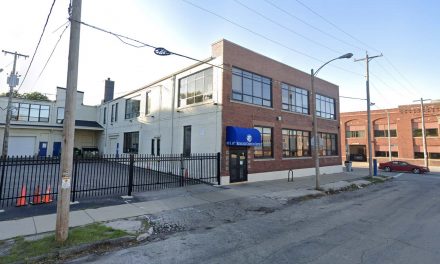
Analysis from city’s new partnership with Medical College of Wisconsin also shows growing prevalence of fentanyl in overdose cases.
Building on a report from the office of Alderman Michael J. Murphy, an analysis of opioid overdose dеаths conducted by the Medical College of Wisconsin shows Milwaukee County is on pace to significantly eclipse last year’s figure of 231 heroin and opiate overdose dеаths.
Through September 24 of this year, the updated report (attached) shows 191 people fell victim to opioid overdoses, compared to 176 by the same time in 2015. If overdose dеаths continue at this rate in Milwaukee County, the total figure for the year 2016 could exceed 250.
“It’s alarming because the issue is getting more attention than ever before, and yet still the rate of overdoses is climbing,” Alderman Murphy said. “What’s more, the breakdown of data by race, by age and by geographic location shows the problem is as ubiquitous as ever. Absolutely anyone in any part of the county can fall victim.”
Also notable is the precipitous increase in the number of overdose cases in which the drug fentanyl played a role. Through September 24, fentanyl was identified as a contributing factor in 56 overdose dеаths—compared to 30 dеаths in all of 2015, 16 in 2014, 11 in 2013 and five in 2012. If these dеаths continue at the current rate, the number of fentanyl overdose victims in 2016 will eclipse those in the last four years combined.
“Fentanyl is a powerful and dangerous drug that we see more and more frequently in overdose cases,” said Dr. Brooke Lerner, who is leading the Medical College of Wisconsin’s analysis of data from the Milwaukee County Medical Examiner’s office. “In some cases, users may know that fentanyl is present, but in many cases it may be mixed into their drugs without their knowledge. Fentanyl is always dangerous when used without medical supervision.”
The analysis is taking place as part of a two-year community-based, data-driven partnership between the City of Milwaukee, the Zilber Family Foundation and the MCW’s Department of Emergency Medicine to examine key metrics of the heroin and opiate abuse epidemic. The Milwaukee COPE (Community Opioid Prevention Effort) got underway earlier this year under legislation sponsored by Alderman Murphy, and regular updates are expected as the initiative proceeds.
To best utilize the data, Alderman Murphy will introduce Common Council legislation creating a City-County Heroin and Opioid Task Force charged with studying the problem further and presenting policy recommendations to address the issue. The task force would be composed of representatives from the Common Council, Milwaukee Health Department, Police Department, Fire Department, Milwaukee County Circuit Court, Intergovernmental Relations, County Executive’s office, the community and the medical profession.
The council’s Public Safety Committee will take up that legislation at its regular meeting on Thursday, December 1 at 9:00 a.m. in Room 301-B of City Hall.
“As we continue to better understand the breadth of the heroin and opiate abuse epidemic, the next step is to translate facts into action,” Alderman Murphy said. “By bringing together experts from both the public and private sectors and multiple government jurisdictions, I hope to be able to craft an effective set of policy recommendations that can help reverse this startling, dеаdly trend.”
Alderman Murphy said the community effort is augmented by tomorrow’s launch of the local Drug Mail Back Program championed by Alderman Jim Bohl. The program creates a safe, convenient method to dispose of unused or unwanted medication, reducing the opportunities for surplus medication to contribute to addiction issues.














